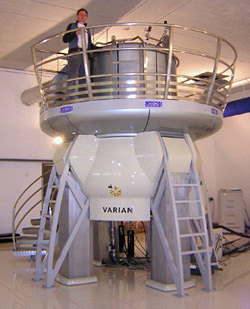Yup, pretty straightforward... if you happen to have a GC/MS at your disposal...
For the 1st step, you wouldn't even need an HPLC. You could just do old fashioned liquid chromatography manually with a column collecting the fractions. If you do that, though (or in the case of HPLC, too), the "orange" constituent might not actually appear orange when it is separated from the other constituents. You would have to check each fraction for absorption around 450 nm, which appears to be the approximate absorption maximum of the "orange stuff".

